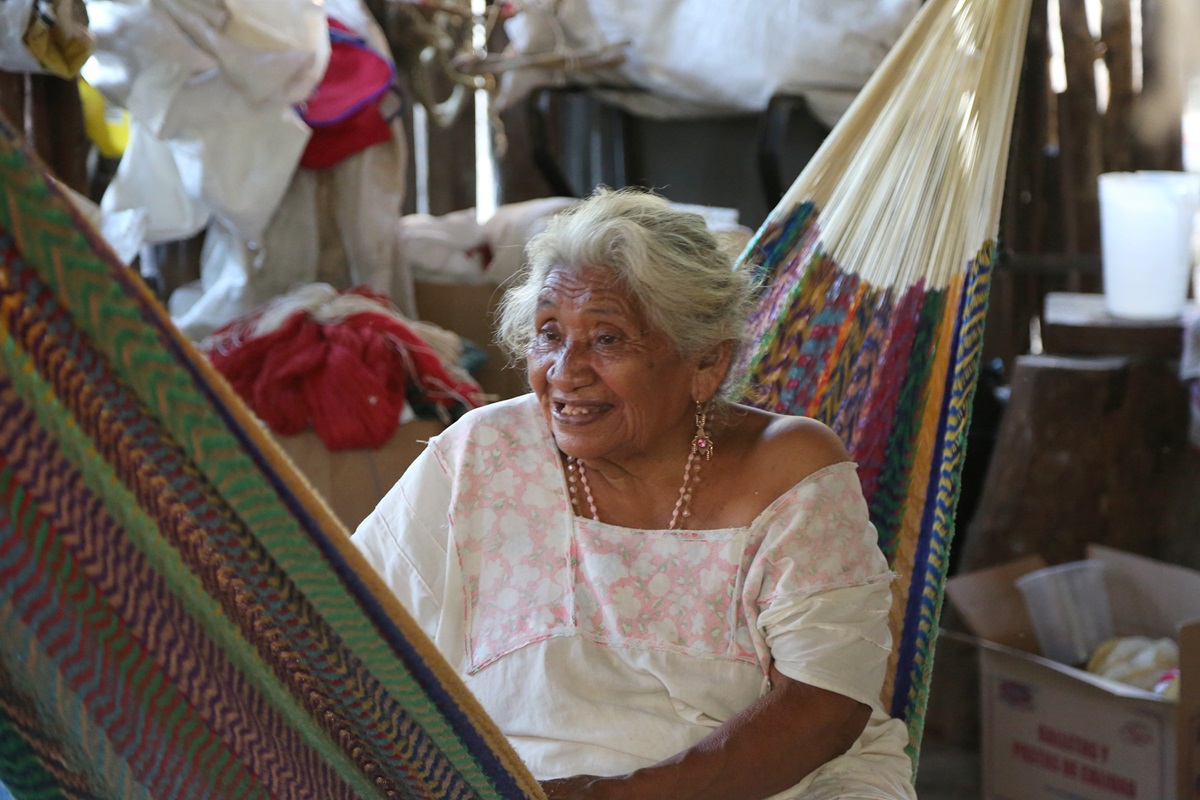COVID-19 is on the rise in California, surpassing the winter peak in some parts of the Golden State.
This rise is fueled by a new subvariant first detected in California at the end of May — NB.1.8.1, more commonly known as “Nimbus” or “razor blade throat.” Bay Area wastewater samples show the spread of COVID-19 exceeding the winter peak, while the surge has been less pronounced in the southern part of the state.
Over the last three weeks, coronavirus presence in statewide water samples has increased 55 percent, according to the California Department of Public Health. It remains to be seen just how much the surge will continue to escalate, state health officials said this month.
However, she added, “It’s still relatively low compared to, for example, last year around this time.”
Pan says she expects at least a minor COVID wave that could peak in late August. Last summer, the state saw what was deemed one of the largest Summer COVID-19 waves yet as FLiRT variants fueled the surge.
Federal data from the Centers for Disease Control and Prevention shows the West currently leads the nation in coronavirus activity in wastewater. At the state level, California is experiencing “high” levels of viral activity in wastewater monitoring, according to the California Department of Public Health.
This summer, the dominant subvariant is NB.1.81. Meanwhile, the fastest-growing strain across the nation is XFG, “Stratus.”
While the strains circulating seem to be highly virulent, Pan says her department is seeing low hospital admission rates. The number of reported deaths has also remained low.
“But again, with this uptick, we’ll be watching closely what happens with this summer,” Pan said.
This year’s summer uptick was first observed in Northern California and is now making its way across the Southland, Dr. Elizabeth Hudson, regional physician chief of infectious diseases for Kaiser Permanente Southern California, told the Los Angeles Times.
“I suspect it will be coming to Los Angeles soon,” Hudson told the newspaper. “We’ll know over the next couple of weeks which direction things are going.”
According to a July 8 update, CDPH recommends that all residents age 6 months and older are urged to become vaccinated against COVID.
COVID activity in California could end up matching or even surpassing last summer’s levels, according to Dr. Peter Chin-Hong, an infectious disease specialist at UC San Francisco.

“It’s been a longer time since a lot of people got infected,” Chin-Hong told the Times, pointing out that the state’s last significant wave of COVID was about a year ago, and immunity has likely diminished since then. “And just like last year, there are new variants afoot.”
Chin-Hong said he’s recently noticed more people reaching out for guidance on how to navigate the current rise in cases. Health experts recommend taking practical precautions, such as steering clear of sick individuals and staying current with vaccinations.
“Just because you had an easy case the last time doesn’t mean that you’ll have an easy case this time,” he told the Los Angeles Times. “A lot of people I’ve talked to who’ve gotten COVID this year, it was a pretty vicious case that lasted a long time.”
SEE ALSO: COVID Vaccine Rule Changes Proposed: What To Know In California
As health officials monitor this summer’s surge, Pan said it’s unlikely that both a summer and winter wave will hit. More likely, it will be one or the other. Still, she emphasized, there’s much we still don’t know about the virus.
“We had a relatively mild winter [of] COVID activity, so we’re still trying to learn what COVID seasonality is going to look like,” she said. “It’s just been just a little bit different every year.”
link






More Stories
What’s The Difference Between Strep Throat And A Sore Throat?
Scratchy Throat: 13 Possible Causes (& What to Do)
What’s making your fall allergies flare up